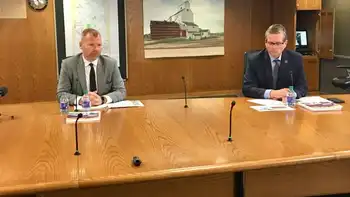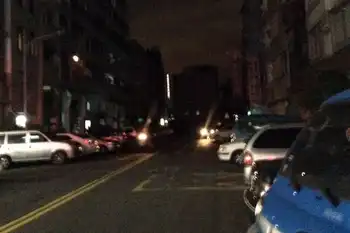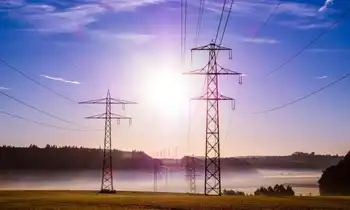Coalition looks to electrify GO Transit
By Toronto Star
CSA Z462 Arc Flash Training - Electrical Safety Essentials
Our customized live online or in‑person group training can be delivered to your staff at your location.

- Live Online
- 6 hours Instructor-led
- Group Training Available
In a recent report, the CTC recommends the province abandon its elite, business-class concept for the Pearson-to-Union Station shuttle and turn it into public transit.
Lower the fares, increase the number of stops, and Toronto could be on its way to a European-style service such as the Berlin S-Bahn or LondonÂ’s Overground.
The latter project “is supposed to form a complete circle around the city of London… on subway-like frequencies,” said Greg Gormick, who wrote the CTC report, No Little Plan: Electrifying GO Transit.
With a provincial election looming in the fall, the report is intended to hold the provinceÂ’s feet to the fire on the issue of electrifying the GO system, said Gormick, who has worked for Metrolinx and for Peterborough MP Dean Del Mastro, a Conservative who is promoting a commuter rail service to his community.
Provincial agency Metrolinx supports electrification. Its $4 million, year-long study recommends the move as a means of providing more frequent, all-day, two-way GO service. OntarioÂ’s Liberal government has also agreed to a $15 million environmental study of electrification on the air-rail link.
But electric train advocates donÂ’t trust the government to move ahead.
“These people need to be watched,” said Gormick.
The CTC study, funded by rail advocacy group Transport Action and the CAW, also comes at a time when the man who has led the charge on electrification is heading to Ottawa as an NDP MP.
Mike Sullivan says his election this month to Parliament for York-South Weston will give him a stronger voice to push for immediate electrification of the air-rail link, a Metrolinx project that is expected to cost about $457 million.
“A 30-minute trip, if it’s electric, can stop in half a dozen places and become useful to the people who live along the corridor. That notion still doesn’t have any traction,” he said.
But Metrolinx has already contracted to buy diesel trains that it says could later be converted to electric. It says the Georgetown corridor couldnÂ’t be electrified in time for the air-rail opening.
Delay is what electric train advocates fear. The CTC study notes that Ontario has failed to move in the past.
In 2001 the government of former premier Mike Harris passed on the chance to buy surplus electric trains from Mexico that could have run on the Lakeshore East line, according to the report. It would have cost more money up front than buying diesel trains but saved hundreds of millions of dollars in operating and maintenance costs that could have been plowed back into GO, and attracted more riders and revenue, said Gormick.
Although the Harris Conservatives werenÂ’t supportive of public transit, thereÂ’s no guarantee electrification wouldnÂ’t appeal to Conservative Leader Tim Hudak if he became premier, said Sullivan.
“Ford Nation could be just the thing this rail link needs,” he said. “When you realize Mayor Rob Ford’s goal is to create public transit systems that do not take space on public roadways, that’s what this is.… It could be a piece of genius transit that doesn’t interfere with cars.”











